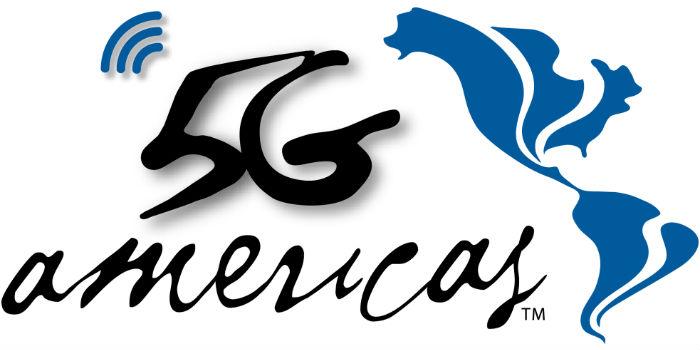 Latin America. With the increase in the demand for mobile data and the arrival of 5G mobile networks, it becomes necessary to allocate new radio spectrum resources by national administrations that allow the "take-off" of these new networks within the next few years.
Latin America. With the increase in the demand for mobile data and the arrival of 5G mobile networks, it becomes necessary to allocate new radio spectrum resources by national administrations that allow the "take-off" of these new networks within the next few years.
5G applications will enable improvements in mobile broadband speeds, massive device connectivity, and ultra-reliable low-latency communications, but require considerable bandwidth. To achieve this requires the use of low, medium and high bands of radio spectrum.
As a reference, 5G Americas estimates that in April 2018, 354.3 MHz were awarded for mobile services on average in Latin America, 18.1 percent of the spectrum suggestion of the International Telecommunication Union (ITU) for 2020 (1,960 MHz) – a suggestion made before considering 5G. For 5G, more than 13,900 MHz have been identified in an aggregate way taking into account bands on and under the 6 GHz mark.
This capability is included in Release 15 of the 3GPP (3rd Generation Partnership Project) standardization body, which will define the first set of 5G standards. These include specifications for the New 5G Radio (5G NR), which includes spectrum bands spread over two wide ranges: bands below 6 GHz and above 24.25 GHz.
In the FR1 range shown, it is distinguished that there are bands that are in use by 4G (LTE) networks, such as the 2.5 GHz or 700 MHz band and others that are used by other communication systems, such as the 600 MHz band by television stations. For this reason, it is important to accelerate the adoption of mobile broadband that allows the use for 5G of strips of spectrum that today support previous mobile technologies and complete processes of cleaning or clearing bands such as 600 MHz or the range 3.3-3.6 GHz so that they can be used without risk of harmful interference.
In this range there are at least 2,650 MHz that can be used in the future to give capacity to 5G networks.
The FR2 range groups the "high" millimeter wave (mmWave) bands. Unlike the FR1 range, these strips had not previously been used for mobile services, but in them there are communication systems such as satellites in operation, which requires that sharing or reorganization mechanisms be carried out, depending on the band. In the FR2 range Release 15 identifies approximately 11,250 MHz for use.
It is important to consider that some of the bands listed for 5G NR consist of a different pipeline for the same spectrum range. For example, the n7 and n41 bands are different segmentations for the same spectrum band (2.5 GHz in this case). This will allow each market to have options to be able to allocate spectrum taking into account the occupation of other bands by LTE networks or other services.
Specifically, bands such as 600 MHz, 24 GHz and 28 GHz have been used to perform 5G tests and are considered as spaces that can be harmonized for use as some of the first 5G bands. However, actions are required to allow its use for mobile services, such as completing the second digital dividend (600 MHz) and establishing sharing or reorganization mechanisms in bands such as 24 and 28 GHz, which could be auctioned in the United States by the end of 2018.
Globally harmonised spectrum remains a priority element in the mobile industry, as this will allow for global spectrum allocations that usher in an ecosystem of technologies and equipment. This will allow for better economies of scale, as well as reduce the costs and deployment times of 5G networks.
Because 5G encompasses a wide variety of bands, global harmonization is not limited to having identical spectrum allocations. There are solutions such as the "tuning range" in which adjacent or near-adjacent bands can be considered harmonized, as long as the new equipment is reconfigurable to operate in multiple bands.
This operates as an adjustment range or a flexible criterion that takes into account the complexity of harmonizing spectrum use across several markets with different regulatory institutions. The 3.3-3.6 GHz spectrum is one of the spaces that can be harmonized for 5G taking using the criterion of "tuning range".

























Leave your comment